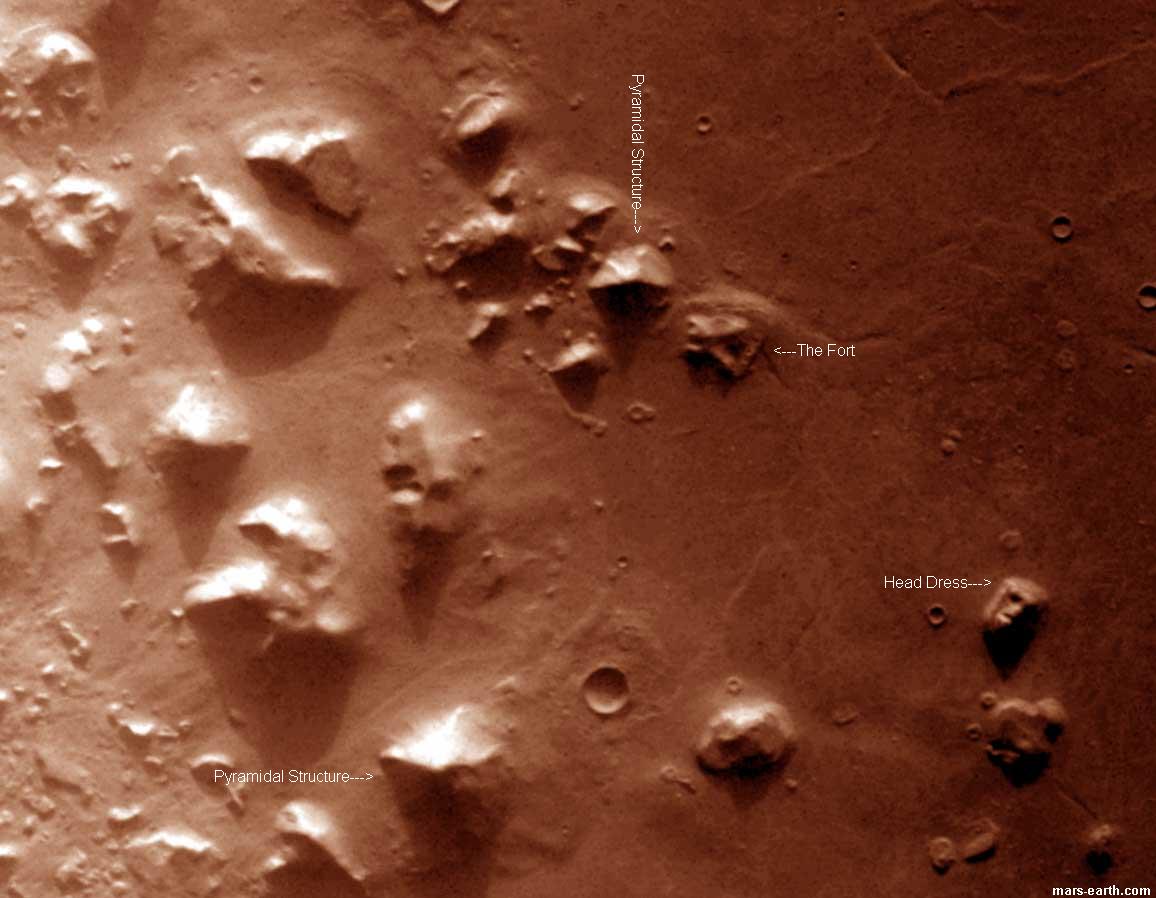
TalkCydonia (Mars) Wikipedia
A massive two-mile long 'FACE' was spotted in the so-called Cydonia region on Mars, leaving experts in total confusion. NASA even had a press conference to announce this discovery. NASA described it as a "huge rock formation… which resembles a human head… formed by shadows giving the illusion of eyes, nose, and mouth."

Cydonia of Mars, the face found on the surface of the
The face on Mars lies in an area known as the Cydonia region, which falls between the planet's cratered southern highlands and the smoother northern plains. Some scientists think this area.
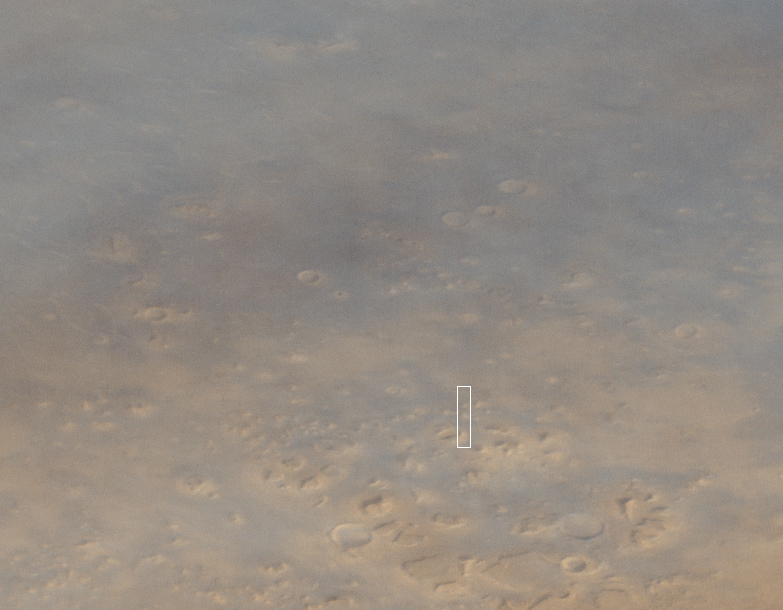
Cydonia Region of Mars
A perspective view showing the so-called 'Face on Mars' located in the Cydonia region. The image shows a remnant massif thought to have formed via landslides and an early form of debris apron formation. The massif is characterized by a western wall that has moved downslope as a coherent mass. The massif became famous as the 'Face on Mars' in a.
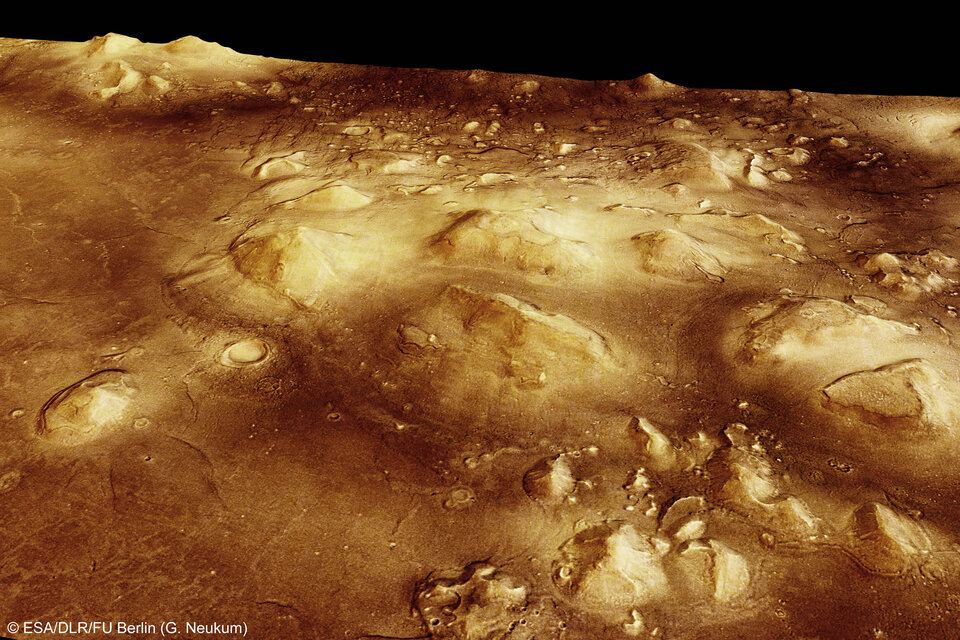
ESA Cydonia the face on Mars
The Cydonia region lies at approximately 40.75° North and 350.54° East, and is located in the Arabia Terra region on Mars, in the transition zone between the Southern Highlands and the planet's northern plains. The famous 'face' - actually a remnant massif - was first observed in a photo taken on 25 July 1976 by the American Viking 1 orbiter.

The Face on Mars (i.e. the Cydonia Masif) Rendered from a combination
Cydonia constitutes a transition zone between the cratered highlands of Arabia Terra, and the less-cratered lowlands of Acidalia Planitia. This transition zone contains thousands of mesas and buttes--somewhat like the Monument Valley region along the Arizona/Utah border in North America.
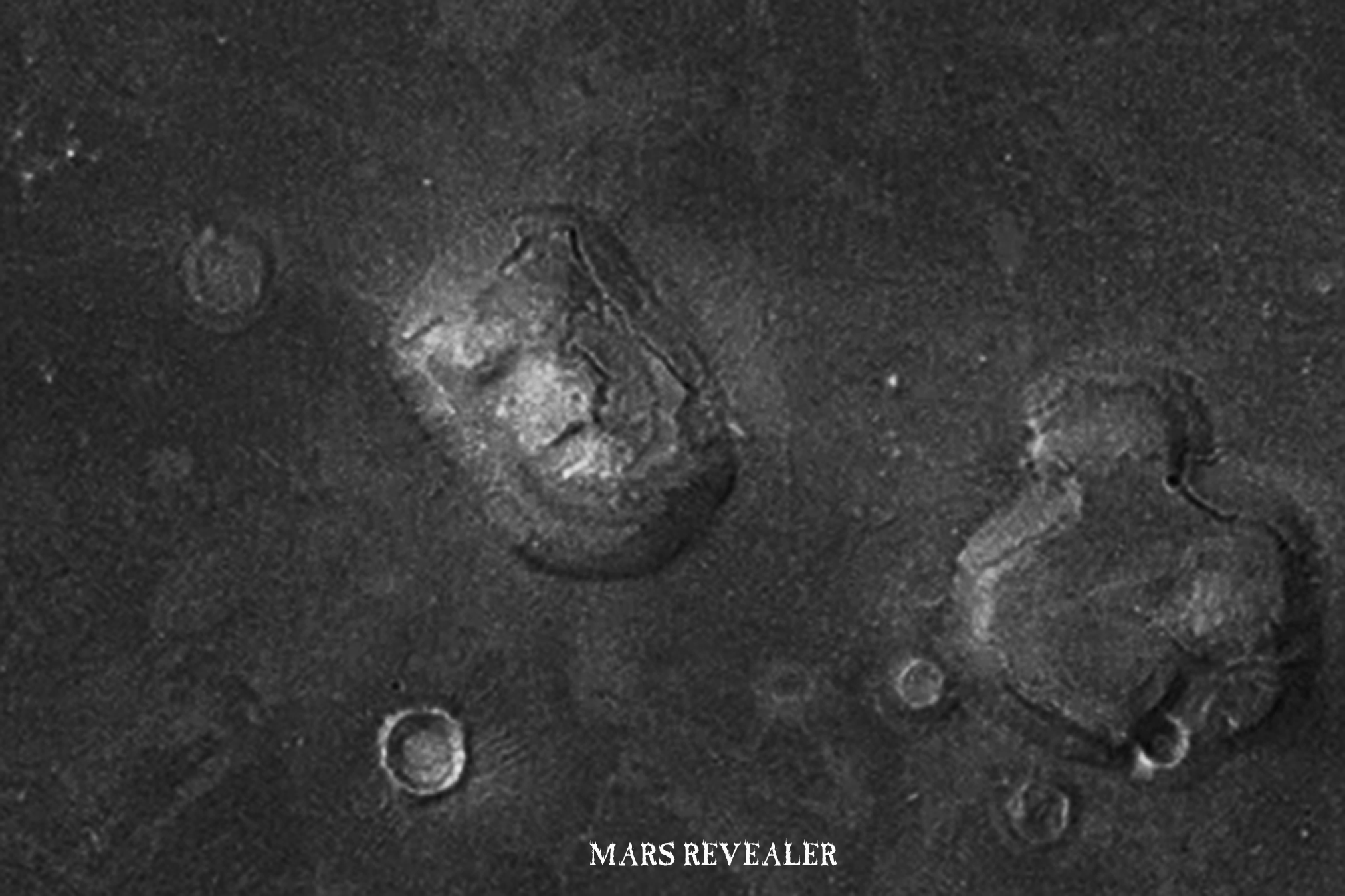
THE FACE OF CYDONIA
The Cydonia region of Mars has been the subject of scientific and popular curiosity for decades, thanks mainly to its famous "Face of Mars".
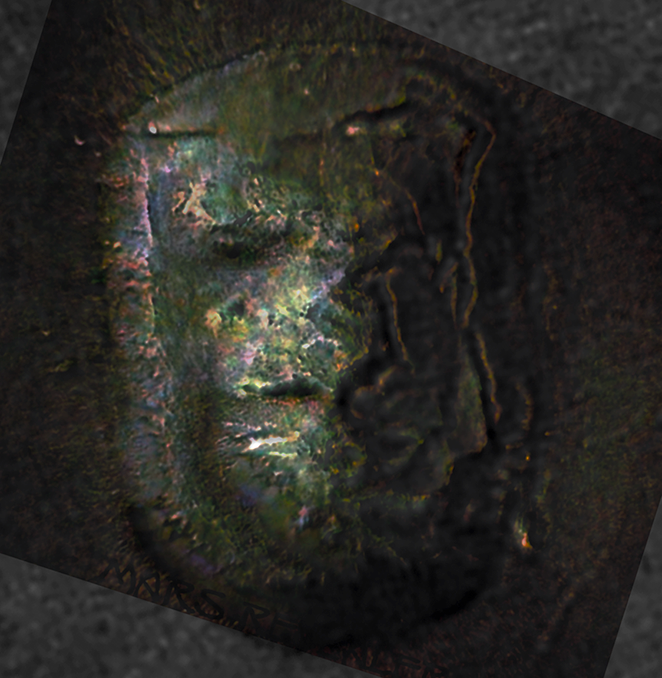
THE FACE OF CYDONIA
Cydonia, the Face on Mars? What exactly do we see when looking at the images of Mars? Mountains? Ancient ruins like the Sphinx or Pyramids? It seems that everyone has an opinion. What started this obsession with the face on Mars? In 1976, the Mars Rover Viking 1, took a series of photos of the mountain region of Cydonia.

cydoniamarsfacearea Pepijn van Erp
A second perspective view showing the so-called 'Face on Mars' located in Cydonia region. The image shows a remnant massif thought to have formed via landslides and an early form of debris apron formation. The massif is characterized by a western wall that has moved downslope as a coherent mass. The massif became famous known as the 'Face on.

The 'face' on Mars, a popular landform in Cydonia Region on Mars
The Cydonia Region Containing the "Face on Mars" Cydonia comparison In July of 1976 the Viking 1 Orbiter imaged an area of the Cydonia region located in the northern latitudes of Mars. NASA released an image of a surface feature that due to sun angle and shadows gave the appearance of a human "face." The feature is 1.5 kilometers (one mile) across.

Mesa in Cydonia Region of Mars (Face on Mars) YouTube
The European Mars Express Orbiter has taken the most detailed 3-D images ever of the Cydonia region of the planet, site of the famous "face on Mars." The satellite's high resolution stereo.
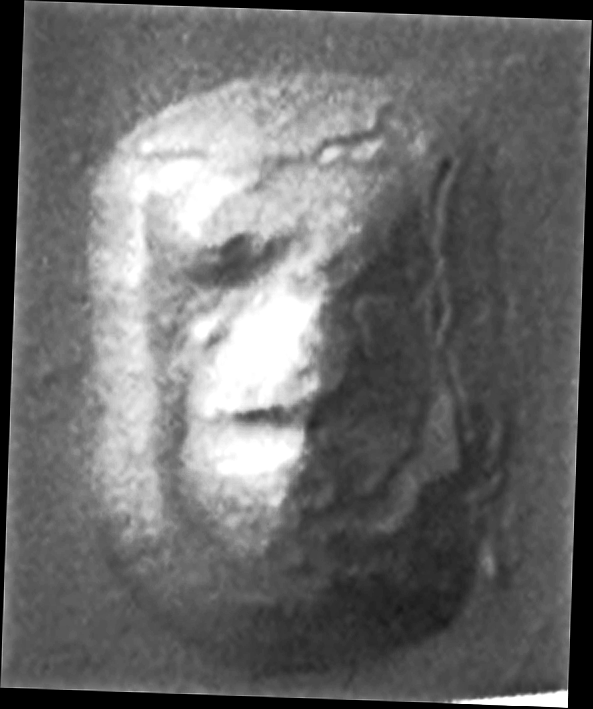
THE FACE OF CYDONIA
April 6, 1998. A Face On Mars. Credit: The Viking Project , NASA. Explanation: This image, showing what looks to be a human face (above center) and other features of the Cydonia region on the Martian surface, was produced using data from NASA's Viking 1 orbiter in 1976. Described in a NASA press release as a "rock formation which resembles a.
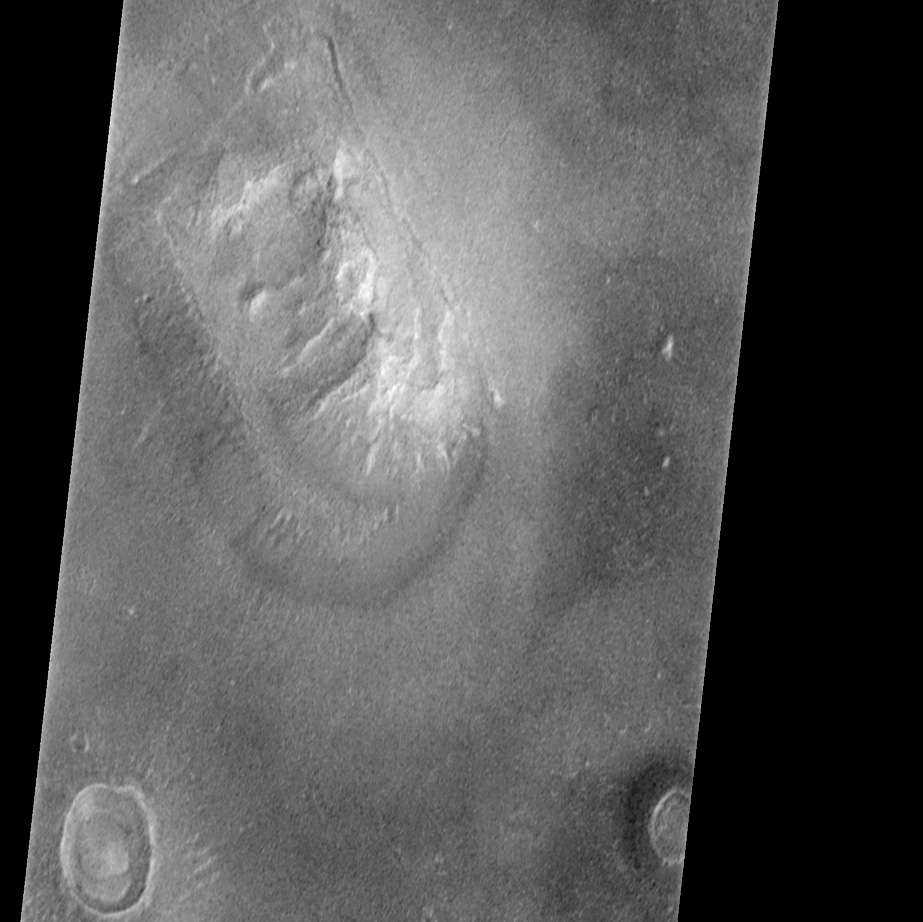
Cydonia Region of Mars
These newer and better images, starting with the Mars Orbiter Camera on the Mars Global Surveyor (which took images of the Cydonia region in 1998 and 2001) and now HiRISE — which shows.

What is Cydonia? Universe Today
Cydonia - "The Face" January 01, 2000 ENLARGE. Downloads. Original (250x700) 62.9 KB. image/jpeg. Download. Embed.. NASA's Perseverance Mars rover took this selfie over a rock nicknamed "Rochette," on September 10, 2021, the 198th Martian day, or sol of the mission. Two holes can be seen where the rover used its.

Space in Images 2006 09 'Face on Mars' in Cydonia region, perspective
ESA's Mars Express has obtained images of the Cydonia region, site of the famous 'Face on Mars.' The High Resolution Stereo Camera photos include some of the most spectacular views of the Red.
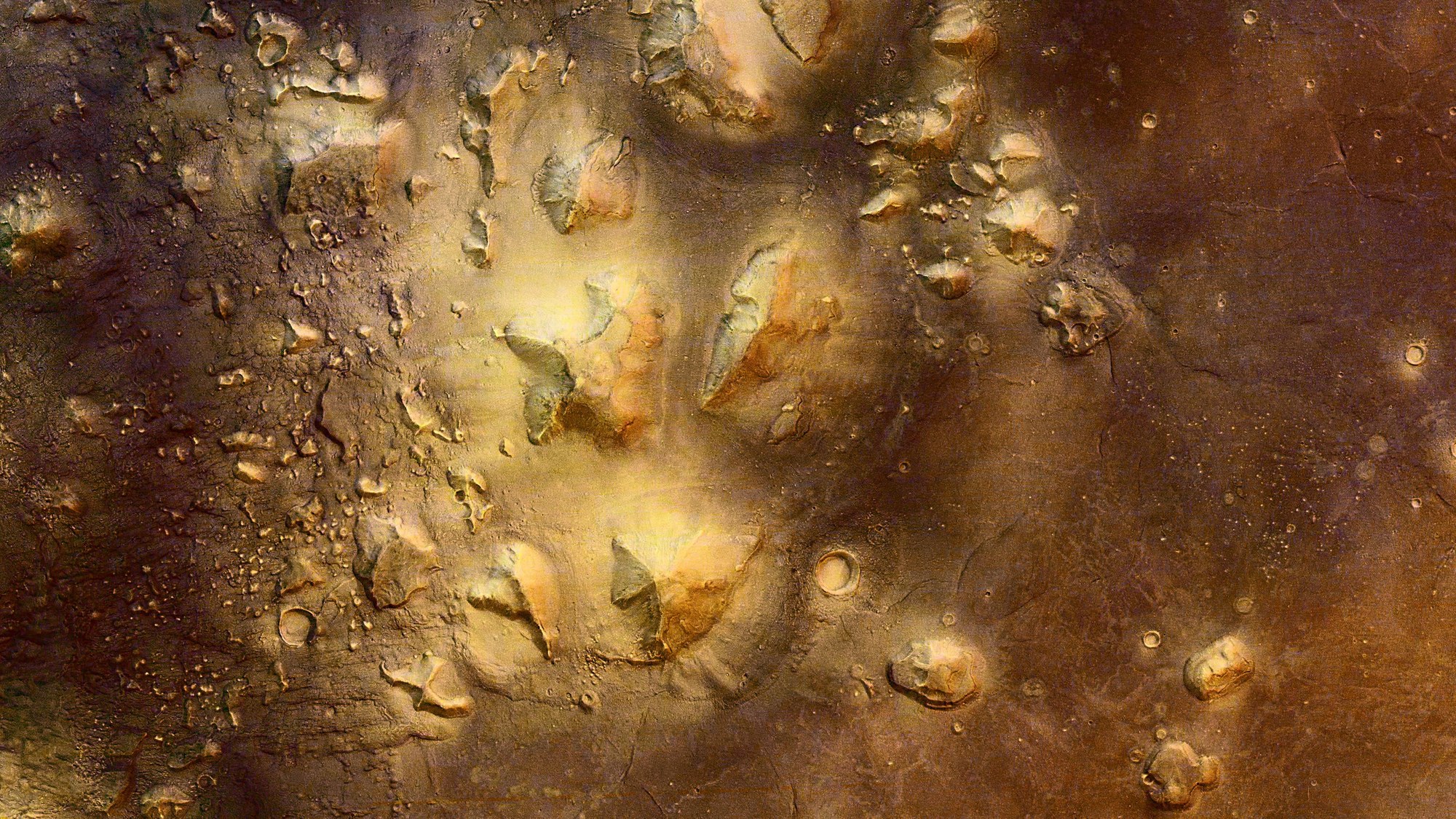
CydoniaRegion with the socalled 'Face on Mars'
Cydonia Mensae lies in Mars' northern hemisphere, on the ragged boundary between the cratered highlands of western Arabia Terra and the sprawling, flat northern lowlands of Acidalia.. Cydonia includes eroded mesas, impact craters, and generally smooth ground separating them. The famous "Face" is one of those eroding mesas. Two scientific.
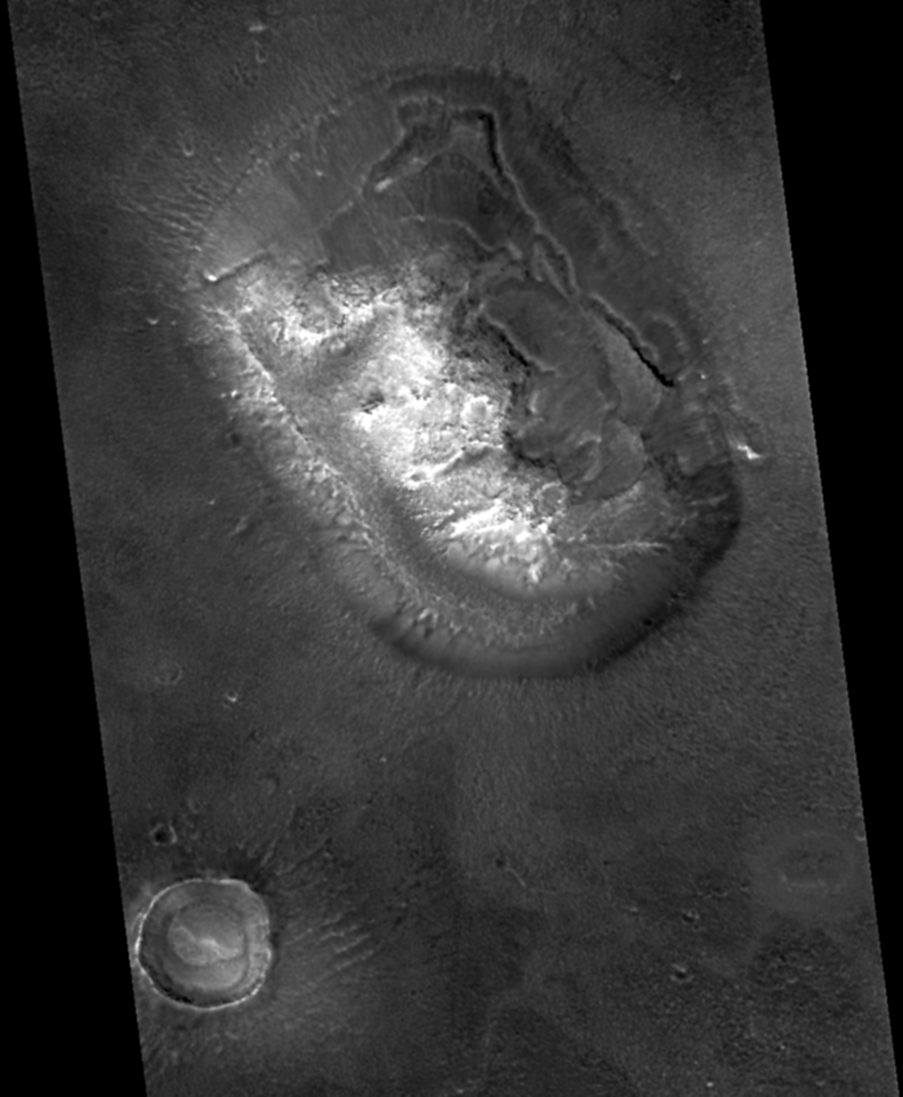
THE FACE OF CYDONIA
The massif became famous as the Face on Mars in a photo taken on 25 July 1976 by the American Viking 1 Orbiter. The image is based on data gathered over the Cydonia region, with a ground resolution of approximately 13.7 metres per pixel. Cydonia lies at approximately longitude 350.54° E and latitude 40.75° N.